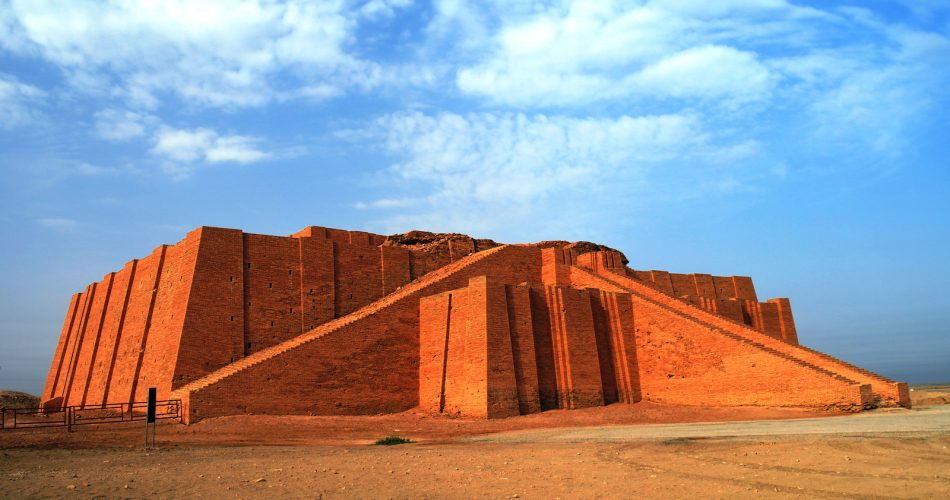I have been fascinated by pyramids for years. My love for these ancient structures is what inspired Pyramidomania, the very website (and project) you are now reading. When writing about the countless pyramids scattered across the world, I cannot help but feel drawn to the incredible origins of these awe-inspiring monuments. What captivates me the most are the lesser-known structures—ziggurats—often considered the predecessors of the more recognizable pyramids we see across Africa today. These ancient stepped towers were not only architectural marvels but also deeply spiritual centers of Mesopotamian life.
The ziggurat is a symbol of both the spiritual and architectural brilliance of ancient Mesopotamia. These towering, tiered structures were not just temples—they were the centerpieces of some of the most powerful cities in the ancient world, from Sumer to Babylonia and Assyria, regions now largely located in modern Iraq.
What makes ziggurats stand out is their sheer scale and their unique design. They weren’t hollow tombs like the pyramids of Egypt. Instead, ziggurats were solid, massive, and built layer by layer with mud bricks at their core, then covered with baked bricks to protect them from the elements. The idea behind them was simple yet profound: the higher you went, the closer you were to the gods.
Ziggurat of Ur
One of the most famous examples is the Ziggurat of Ur, which still rises from the desert sands today. Built over 4,000 years ago for the moon god Nanna, it once stood as a testament to the religious devotion of the people of Ur. Its steep staircases and layered platforms were awe-inspiring to the people of ancient Mesopotamia and remain so to modern visitors.
Ziggurats weren’t just about size or grandeur—they were deeply spiritual places. Only priests were allowed to ascend to the topmost platform, where they would perform rituals and offer sacrifices, believing this proximity to the heavens allowed them to commune with the divine. The Ziggurat of Choghā Zanbīl in modern-day Iran is another striking example. It is the largest ziggurat ever discovered, and its remains still offer a glimpse into the past, showcasing the ingenuity and religious fervor of the ancient Elamite civilization.
Interestingly, the story of the Tower of Babel, with its legendary ambition to reach the heavens, is often linked to a ziggurat—the Etemenanki, a temple dedicated to Marduk in Babylon. Although this connection is mostly speculative, it underscores the cultural significance of these monumental structures.
Over time, many ziggurats have worn down, but their remains still tell us a lot about the people who built them. Made from simple materials like mud and bricks, these towering structures weren’t just feats of engineering—they were important religious sites. For the people of ancient Mesopotamia, building upward was a way to connect with their gods. Today, these ziggurats remind us of a time when people believed that getting closer to the sky meant getting closer to the divine. If you were to ask me, I would bring back pyramid architecture in a second. After all, the ancients demonstrated that this shape could withstand the “test of time” so why not give it a go in modern times?

